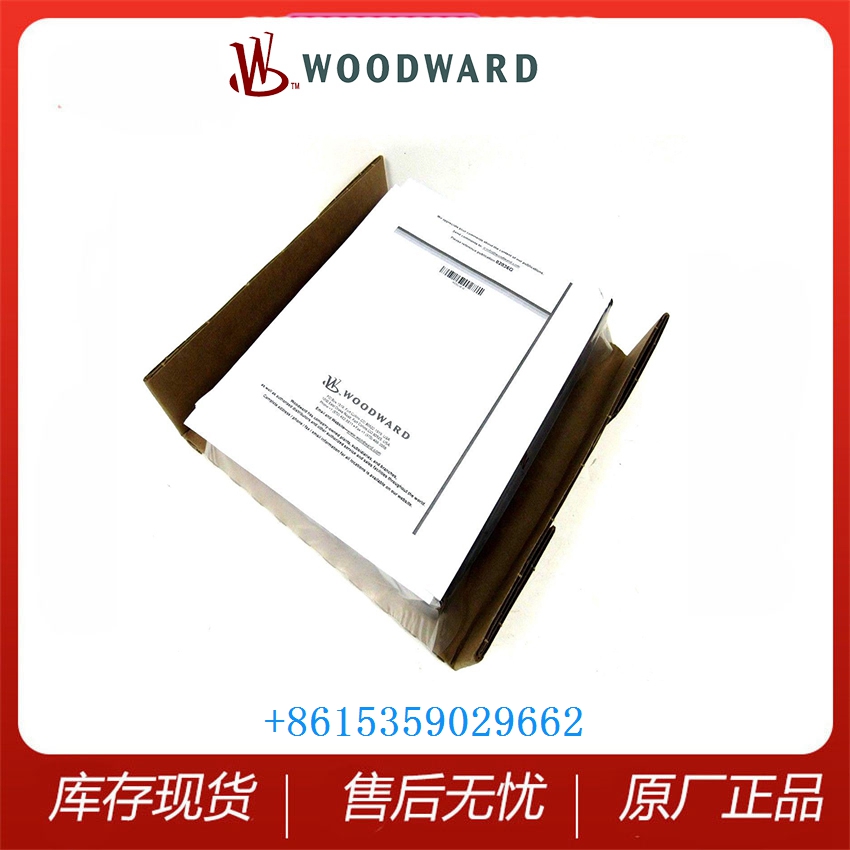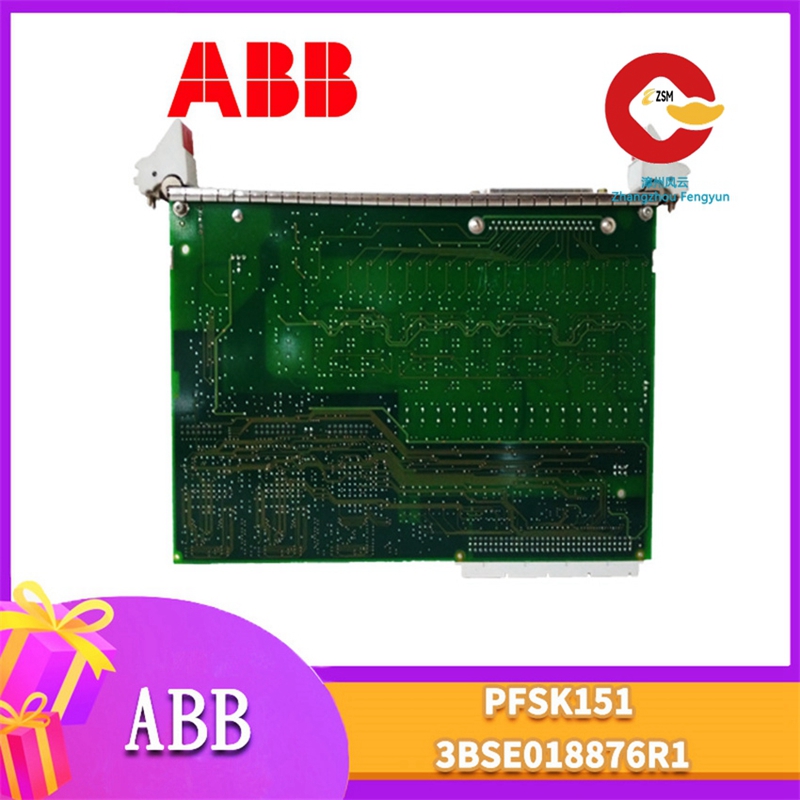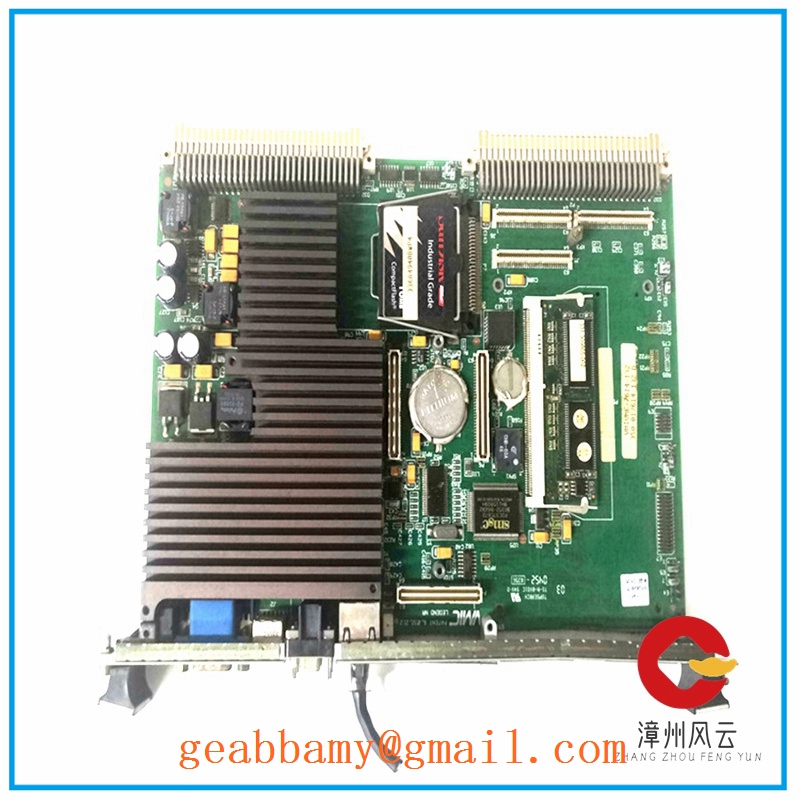ABB GJR2391500R1220 81EU01E-E
文章作者:小编 人气:发表时间:2025-05-21 17:38:10
Here is the technical parameter introduction for ABB GJR2391500R1220 81EU01E-E in English:
ABB GJR2391500R1220 81EU01E-E Digital Input Module
Product Overview
The ABB GJR2391500R1220 81EU01E-E is a high-performance digital input module designed for industrial automation and control systems. It is primarily used to receive and process digital signals from various sensors, switches, and other field devices, converting them into standardized digital signals for transmission to the control system.
Key Technical Parameters
- Model & Configuration
- Model: 81EU01E-E
- Configuration Code: GJR2391500R1220
- This module is part of ABB's I/O module series, specifically engineered for compatibility with ABB's automation systems.
- Input Signal Types
- Supports multiple input signal types, including NPN, PNP, and voltage-level signals.
- Enables the collection of various digital signals from field devices, enhancing system flexibility.
- Performance Characteristics
- High Reliability: Designed for industrial environments, ensuring stable operation under harsh conditions.
- Modular Design: Facilitates easy installation, maintenance, and replacement.
- Compatibility: Seamlessly integrates with a wide range of ABB automation systems, reducing integration complexity.
- Functional Features
- Signal Acquisition: Collects digital signals from field devices.
- Signal Conversion: Converts analog or discrete signals into standardized digital formats for the control system.
- Signal Isolation: Provides electrical isolation between field devices and the control system, enhancing system safety and stability.
- Applications
- Industrial Automation: Used in process control systems across industries such as chemicals, metallurgy, and power generation.
- Building Automation: Applied in building management systems for HVAC control, lighting control, and other applications.
- Data Acquisition Systems: Utilized in monitoring and data collection systems for real-time data analysis.
- Operational Benefits
- Process Control: Enables monitoring and control of parameters like temperature, pressure, and flow.
- Equipment Monitoring: Supports real-time status monitoring and fault diagnosis of equipment.
- Safety Monitoring: Facilitates safety system monitoring and alarm functions.
Advantages
- Versatility: Capable of handling diverse digital signal types, making it suitable for a wide range of applications.
- Robustness: High reliability ensures continuous operation in industrial environments.
- Ease of Use: Modular design simplifies installation and maintenance processes.
- System Integration: Excellent compatibility with ABB automation systems streamlines system design and deployment.
同类文章排行
- 5SHX1960L0006 3BHB016120R0002
- ABB厦门工业中心“碳中和”园区示范基地落成
- 3500/22M 288055-01 表面检测系统分类性能的
- 怎么联系业务?
- 协作机器人市场能否在后疫情时代迎来二次增长?
- 5SHX1960L0006 3BHB016120R0002
- 3500/33-01-00 全集成线扫描接触式图像传感器
- 辉瑞6年的工业数字化转型历程与成果
- 5SHY4045L0003 3BHB021400 克服制造
- 3500/34 125696-01 相机用于开发眼睛研究的瞳





